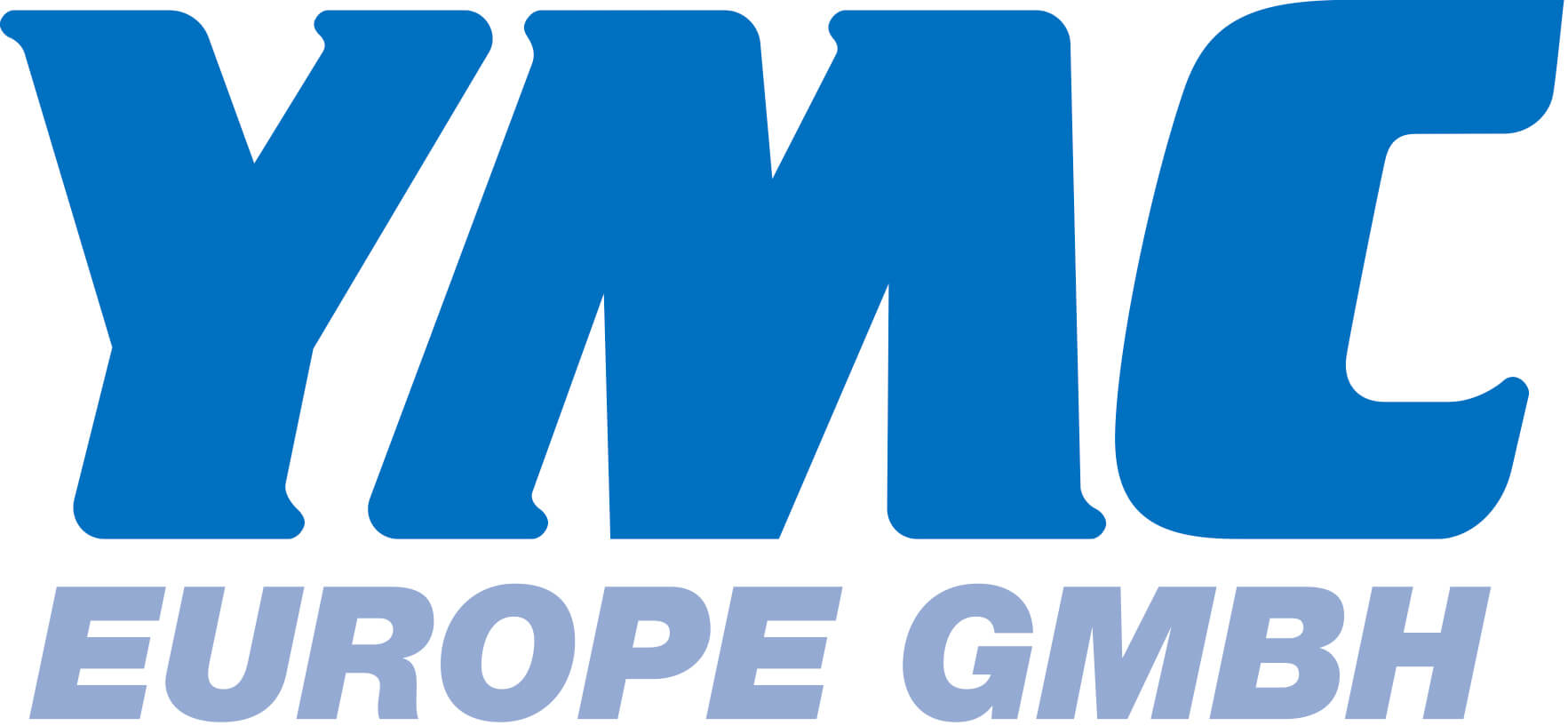Liquid Chromatography coupled to Tandem Mass Spectrometry (LC-MS/MS) is a widely used analytical tool for the screening of food residues and contaminants. Here, we present a new and unique method using QuEChERS extraction, separation using a polar embedded C18 phase, and MS/MS detection with highly selective and sensitive Multiple Reaction Monitoring (MRM) on an SCIEX QTRAP® 5500 system. The Scheduled MRM algorithm was used to obtain the best data quality and combined with fast polarity switching to cover the broadest range of pesticides possible. In addition MS/MS spectra were acquired to enable compound identification with highest confidence based on mass spectral library matching.
Introduction
LC-MS/MS is a powerful analytical tool capable of screening samples for numerous compounds. MRM is typically used because of its excellent sensitivity, selectivity, and speed. As LC-MS/ MS technology continues to be adapted demands are made to detect and quantify an increasing number of compounds in a single run. The development of generic extraction procedures, like QuEChERS (Quick, Easy, Cheap, Effective, Rugged, and Safe) and LC methods using polar embedded C18 phases with good resolution and excellent peak shape made it possible to detect pesticides of a wide variety of compound classes and chemical properties in each sample (1–3).Modern LC-MS/MS systems make it possible to detect hundreds of pesticides and other food residues in a single run. The Turbo V™ source with Curtain Gas™ interface to reduce chemical noise, and the LINAC® collision cell to allow fast MS/MS scanning, are key technologies that make these high-throughput experiments possible. In addition, advanced software tools like the Scheduled MRM algorithm intelligently uses information of retention times to automatically optimize MRM dwell time of each transition and total cycle time of the experiment resulting in highest data quality. To further increase confidence in analytical results QTRAP technology is used to automatically acquire fast and sensitive MS/MS spectra in Enhanced Product Ion (EPI) mode and search them against mass spectral libraries for compound identification. The information of the complete molecular fingerprint saved into EPI spectra significantly reducesthe risk of false positive results (4–6). Additionally, for a comprehensive screening of pesticides it is necessary to employ both positive and negative Electrospray Ionization (ESI). Here, we present a new and unique LC-MS/MS method utilizing the Scheduled MRM algorithm in combination with fast polarity switching and acquisition of MS/MS spectra for compound identification. The method was successfully applied to quantify and identify pesticides in a number of QuEChERS extracts of fruit, vegetables, and spices.
>> Download the full Application Note as PDF
Access over 400 resources in SCIEX’s Complete Pesticide Testing Info Kit here





